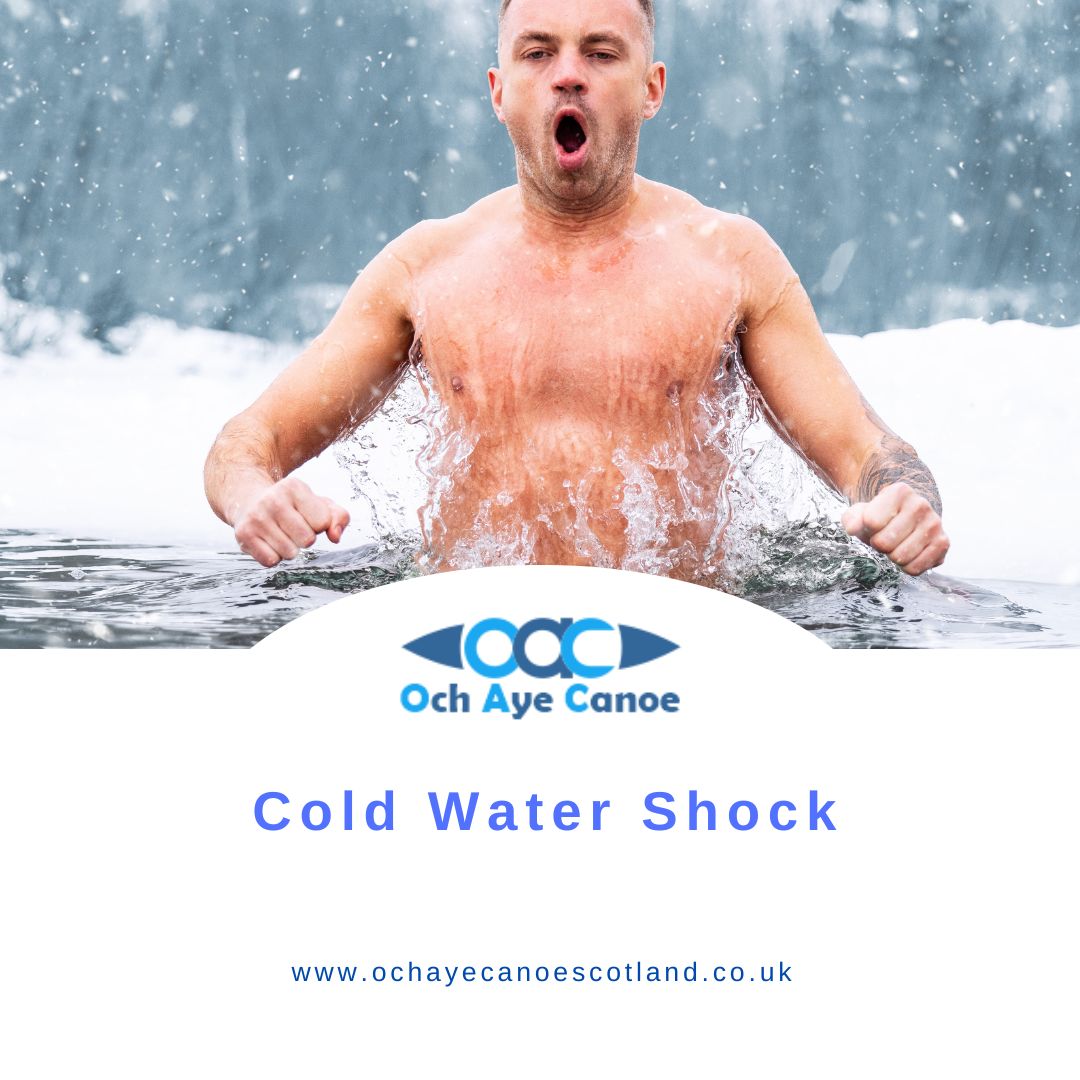Cold water shock is a physical reaction that occurs when a person suddenly immerses in cold water, typically below 15°C (59°F). It can result in rapid breathing, hyperventilation, and muscle spasms, making it difficult to swim and potentially leading to drowning.
The signs and symptoms of cold water shock can include:
-
Rapid breathing: Your body will respond to cold water by taking in more oxygen, causing rapid breathing.
-
Hyperventilation: The body may start breathing faster, making it difficult to control your breathing and increasing the risk of inhaling water.
-
Muscle spasms: The sudden shock of cold water can cause involuntary muscle spasms, making it difficult to swim and stay afloat. Even a competent swimmer will struggle.
-
Numbness: Cold water can cause numbness in the fingers, toes, and limbs, making it difficult to hold onto a rescue device or swim effectively.
-
Mental confusion: The shock of cold water can cause confusion, disorientation, and a loss of coordination.
-
Unconsciousness: In severe cases, cold water shock can lead to unconsciousness and drowning.

To avoid cold water shock:
-
Wear a buoyancy aid: A properly fitting buoyancy aid can help keep you afloat and make it easier to swim and stay afloat.
-
Gradually acclimate: Gradually immersing your body in cold water can help reduce the severity of cold water shock. Do you have to even go out?
-
Stay calm: Try to stay calm and control your breathing. Hyperventilation can increase the risk of cold water shock.
-
Seek help: If you fall into cold water, try to get to safety as quickly as possible and seek help if needed.
-
Learn self-rescue techniques: Taking a safety or rescue course can teach you the skills you need to survive in cold water and help you stay safe while paddling or boating. Och Aye Canoe offers lessons on safety and rescue, contact us to arrange.
Och Aye Canoe also provides First Aid Training if you'd like to learn more about this and other water associated risks, and for you to be able to know what to do if it occurs to you or a friend.
It's important to be prepared and aware of the dangers of cold water, especially if you plan to paddle in cold water environments.



